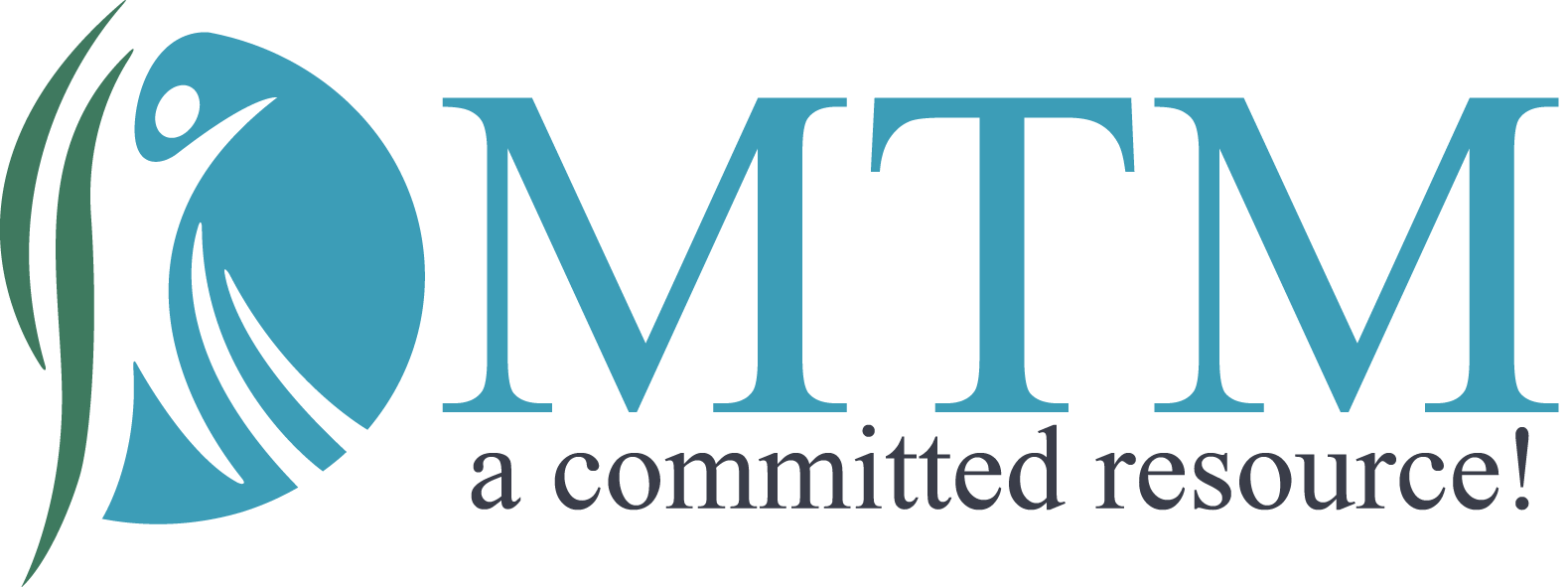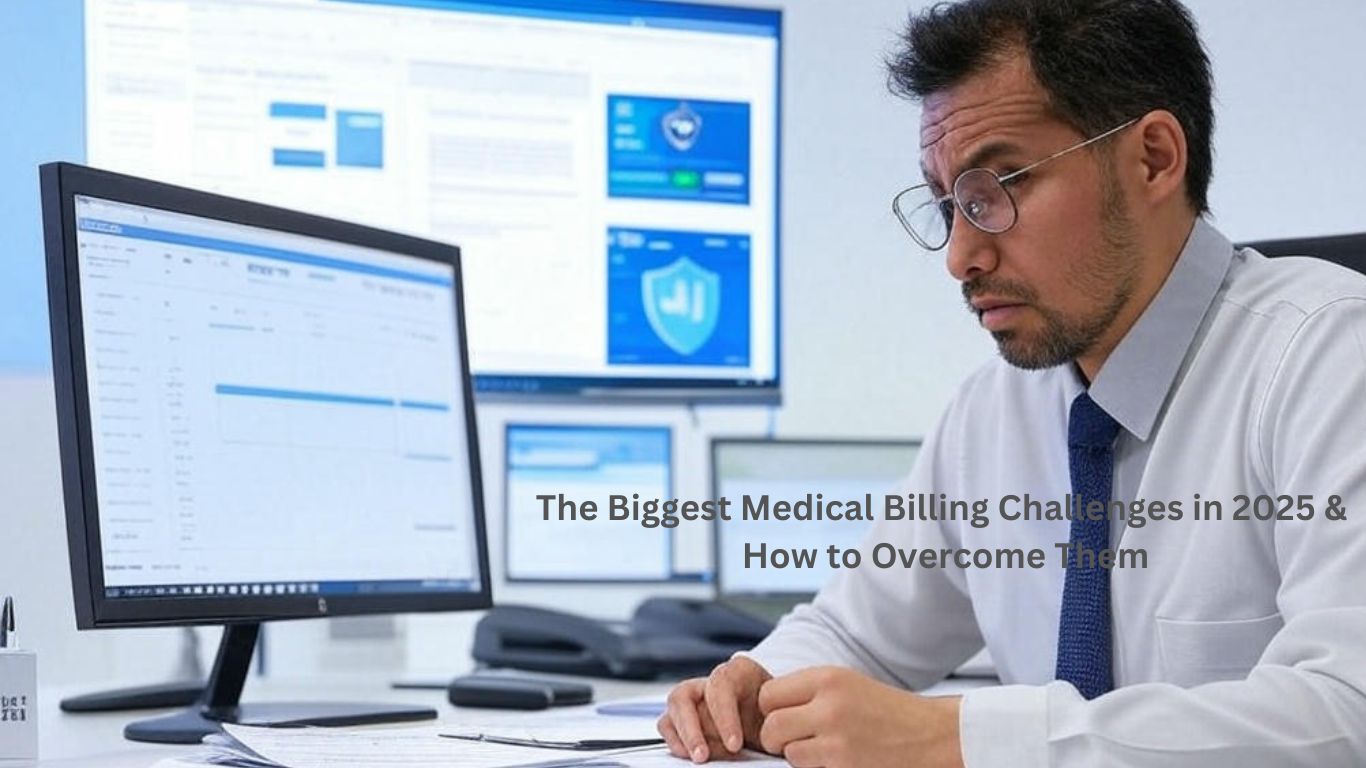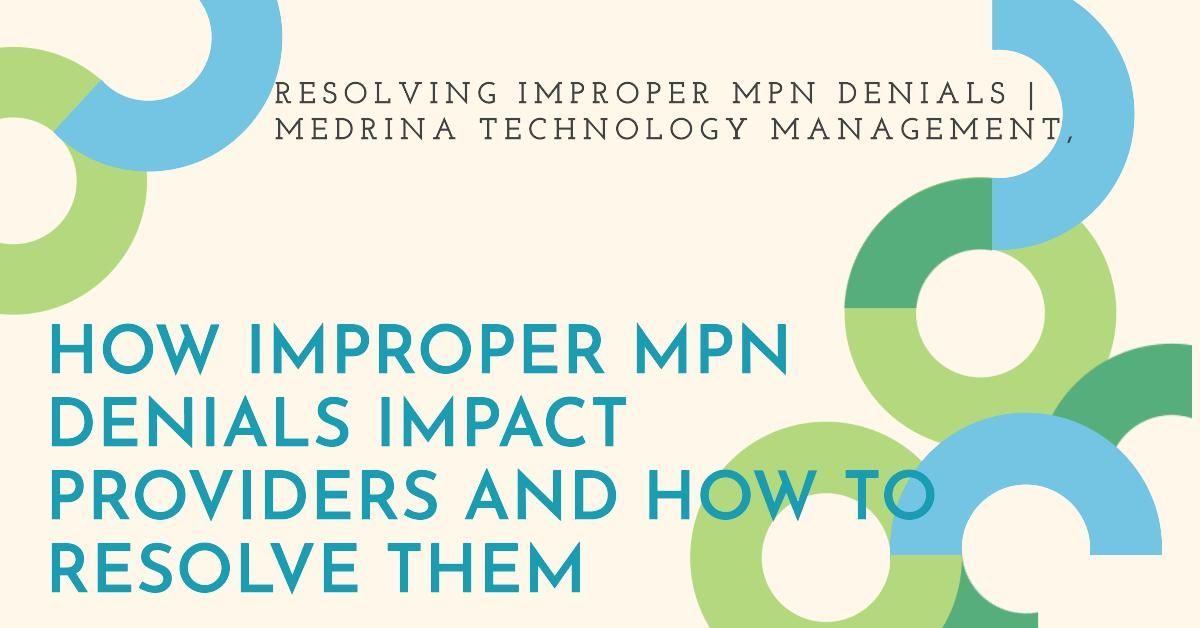AI Medical Scribes vs. Human Notes: Who’s More Accurate in 2025?
Doctors spend more time on paperwork than on patients. But what if artificial intelligence could change that—and do it more accurately? A new RAND study might surprise you.
Can AI-written medical notes reduce errors, save time, and prevent burnout?
Doctors today spend an average of two hours a day entering patient information into Electronic Health Records (EHRs)—often outside clinic hours. But a recent RAND Corporation article raises a bold question: Could artificial intelligence actually do this job better than humans?
With AI-powered documentation tools now being used in nearly 30% of physician practices and billions invested by giants like Microsoft and Amazon, it's time we explore whether AI-generated medical notes are really “worse”—or if they’re a much-needed upgrade.
Why Documentation is Broken in Healthcare
The modern EHR was designed to improve care coordination and billing accuracy. But instead of making doctors’ lives easier, it’s done the opposite.
📉 From 2009 to 2018, the length of EHR notes grew by over 60%.
🕒 Doctors now spend more time documenting than treating.
📋 Most of the work is routine—not medical reasoning or decision-making.
More worryingly, the accuracy of traditional notes is questionable. A 2023 VA study found that 90% of handwritten notes contained at least one error. In the ER, “phantom exams” (documented but not done) were found in over 40% of records.
This isn’t just a problem—it’s a liability.
What Are AI Medical Scribes, and Who's Using Them?
Enter AI scribes—automated tools that listen to doctor-patient conversations and convert them into structured clinical notes in real-time. Companies like:
- Microsoft Nuance DAX
- Amazon HealthScribe
- Abridge (used by the VA)
…are leading the charge. The global AI scribe market is already worth over $2 billion, and growing fast.
These tools don’t just transcribe—they format notes according to clinical standards, saving doctors hours per week. They may soon become essential for busy practices, especially those treating injured workers under tight billing and documentation rules.
Are AI Notes More Accurate? RAND Says... Maybe.
The RAND study challenges assumptions that human-generated notes are inherently better.
- 90% of human notes had at least one factual or procedural error.
- 96% of AI-generated speech recognition drafts had errors—but many were corrected before signing.
- Some physical exams were documented without being performed in human-written notes.
RAND's argument: AI is flawed—but so are humans. And the data shows that errors are not unique to machines. In fact, AI tools often reinforce existing documentation norms, including human biases about race, gender, or patient behavior—because they are trained on human-generated records.
So, in a system already plagued by inaccuracy, AI may not be a downgrade—it may just be faster.
The Real Risk: Data Privacy
Let’s be clear—AI tools come with serious privacy concerns. Patient-doctor conversations are recorded and processed via third-party servers. But with over 181 million Americans affected by health data breaches in 2024 alone, this isn’t new.
Under current HIPAA rules, most patients cannot opt out of data-sharing. AI won’t introduce privacy risks—it simply operates within an already vulnerable ecosystem. Experts agree: HIPAA is due for reform, regardless of AI’s role.
Why AI Medical Notes Might Be a Game-Changer
Despite the risks, the upside is compelling:
- 🕒 Saves time: Real-time notes reduce after-hours work.
- 🧠 Reduces burnout: Doctors can focus on care, not typing.
- 📈 Improves collections: Cleaner, more consistent notes may lead to fewer billing denials.
- 🤝 Enhances patient care: More eye contact, less screen time.
Especially in high-volume practices like occupational health or workers’ comp clinics, AI scribes can streamline documentation, accelerate revenue cycles, and improve compliance.
Final Thoughts: It’s Not AI vs. Human—It’s AI With Human Oversight
AI in healthcare isn’t about replacement—it’s about enhancement. RAND’s analysis suggests that if AI-generated notes are no worse (and possibly more efficient) than what doctors already write, it might be time to embrace the shift.
For clinics looking to optimize operations, reduce documentation errors, and boost provider satisfaction—AI scribes offer a future-forward solution that’s already here.
💡 Want to explore ambient AI scribes or billing automation for your practice?
Contact Medrina Technology Management
to learn how we help healthcare providers automate EHR workflows, improve documentation quality, and boost collections—especially in workers' compensation and occupational health billing.
Stay updated with the latest insights and news in medical billing services and workers' compensation billing and collections. Enter your email below to subscribe to our blog
Most Recent Articles




